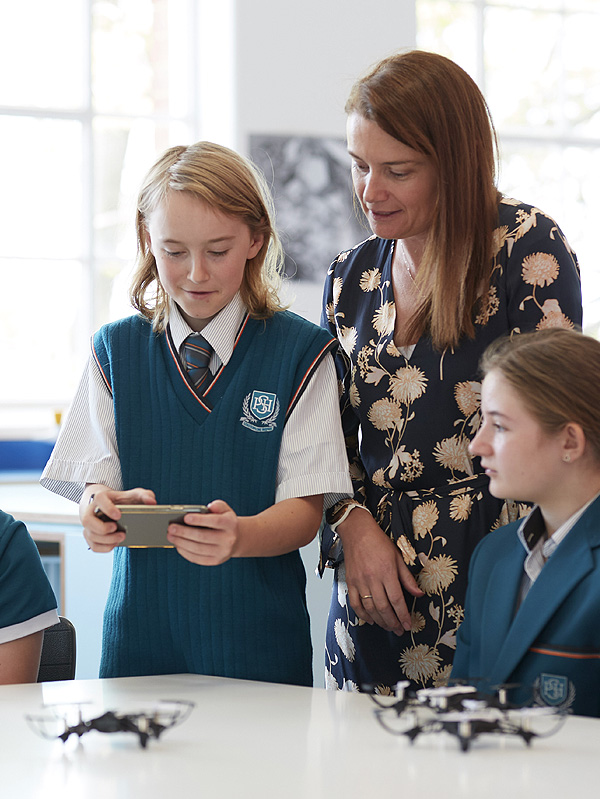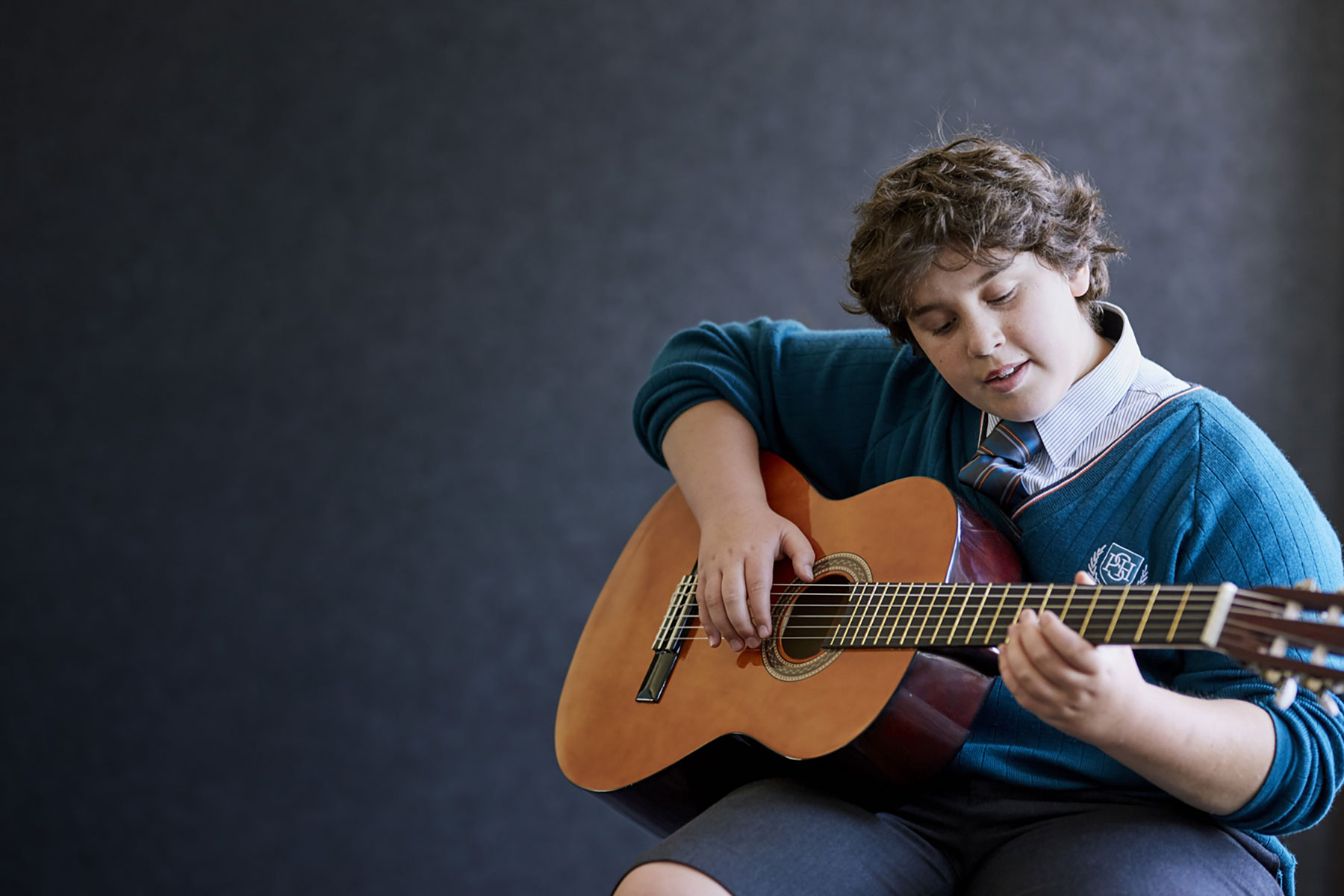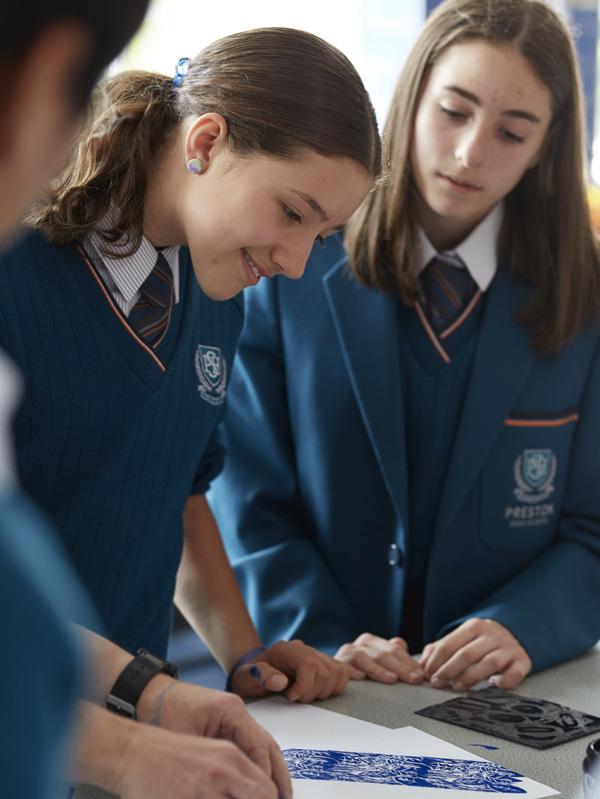
Lesson Model
Current Families
What is it?
The Preston High School lesson model is the consistent approach all our teachers use to structure learning for your child. The lesson model presents students with the learning intention for the session, an introduction to the skills, knowledge or dispositions to be covered, explicit success criteria, and provides an opportunity for students to independently deepen their understanding of a topic or the content being taught.
Why we use it?
The Preston High School lesson model is consistently used within every class to create supportive learning sessions that develop student learner confidence and growth. Regardless of year level, domain, or topic, students know exactly where they are in the lesson, what they are learning, and what they need to do next when they look at the lesson.
The consistent approach applied across the whole school reduces the cognitive load of students by increasing the ease and fluency with which they can navigate through their lesson. This allows students to focus on their learning instead of adapting to different lesson structures.
The lesson model is a living document that teachers and students work through together. Teachers use the lesson model to construct their lesson in a way that scaffolds the student through different tasks and activities in order to meet the learning intention. This document is displayed by the teacher at the front of the class, as well distributed to each student’s OneNote notebooks. If a student misses a lesson, they can catch up with the session confidently by following the lesson model.
Our lesson model has six distinct sections
Each section of the lesson model has been carefully designed to support students to effectively engage with the content, building student agency, learner confidence, and to make meaning as they move through the lesson.
Learning Intention
A clear statement that describes the knowledge or skills the student will gain as a result of the learning in that lesson.
Engage
Supports students to connect with the intention of the lesson by:
- Reviewing previous skills and knowledge
- Establishing real-world connections and acknowledging students’ prior knowledge
Gathering
Supports students to interact with new knowledge by:
- Explicitly teaching critical information
- Explicitly deconstructing and modelling the concepts, conventions and strategies
Processing
Supports students to interact with knowledge by:
- Engaging in joint-construction and building understanding with students
Applying
Supports students with independent learning by
- Providing an opportunity for students to build their knowledge and skills independently
- Providing explicit feedback where necessary
- Re-orientating students to information/ideas/strategies from the ‘Gathering’ phase
Consolidation
Supports students to acknowledge their success and track their progress by:
- Revisiting the learning intentions and success criteria
- Providing opportunities for self-reflection and progress tracking.
- Using exit-card strategies.
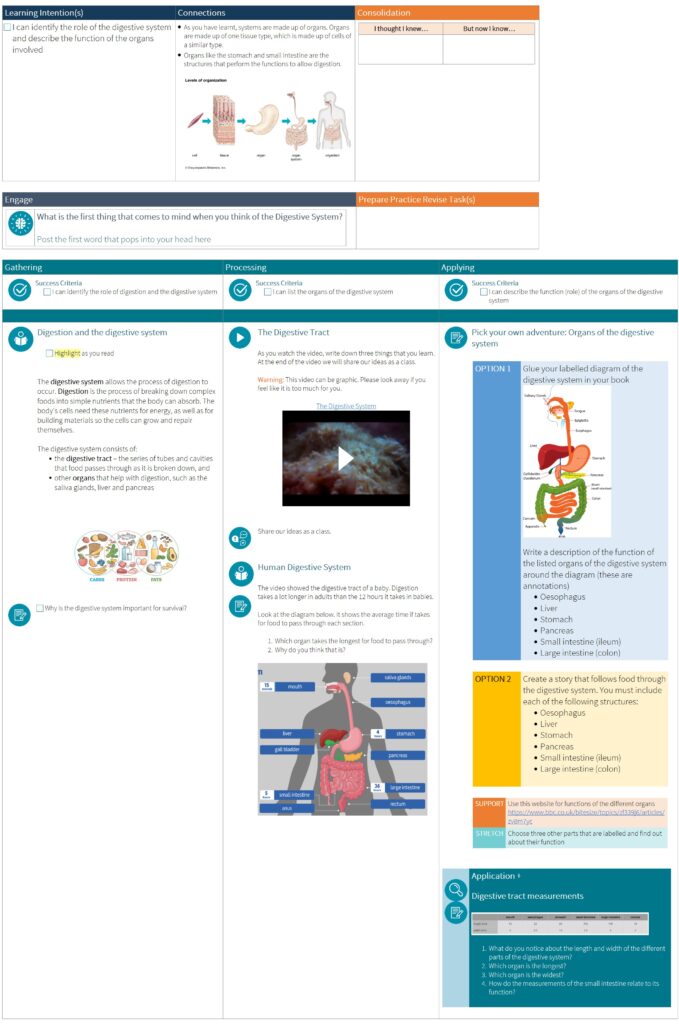
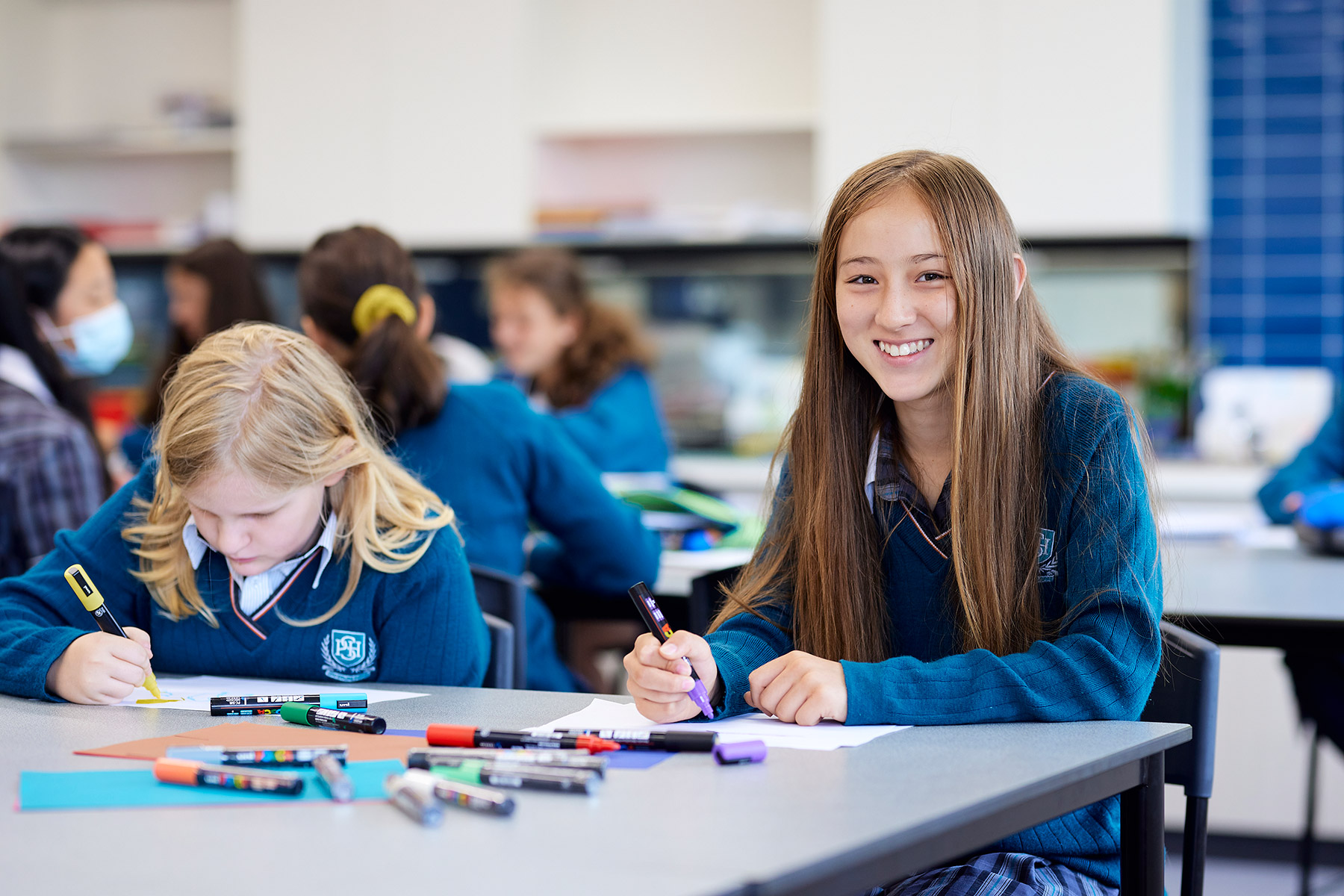
How you can support your child
Every lesson is distributed to every child through their OneNote and every lesson starts with a Learning intention – a statement or goal that we are working towards. The lesson is then designed to work towards demonstrating that goal or objective.
You can see what your child has been learning by asking them to talk through or show you their lessons or learning intentions for any given day.
